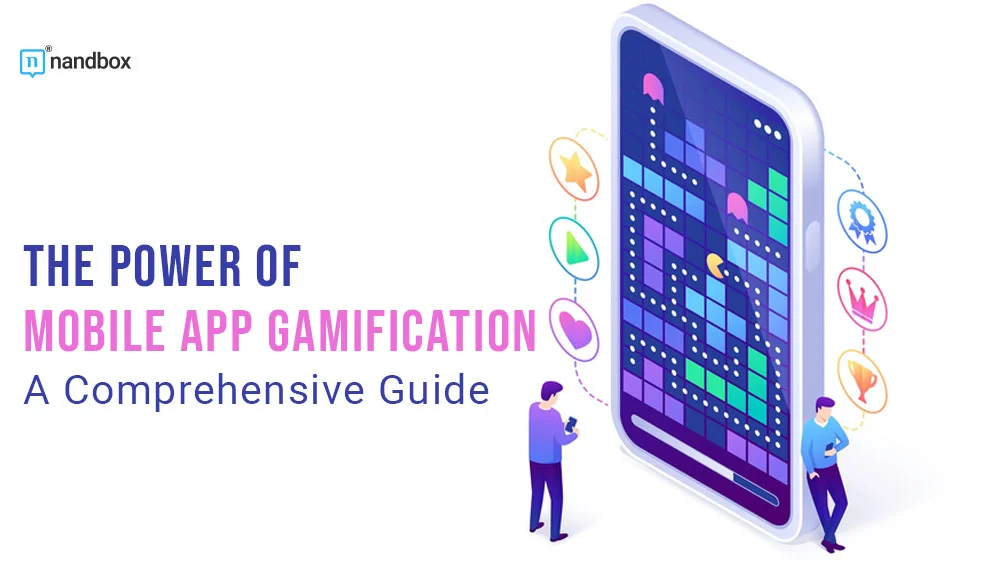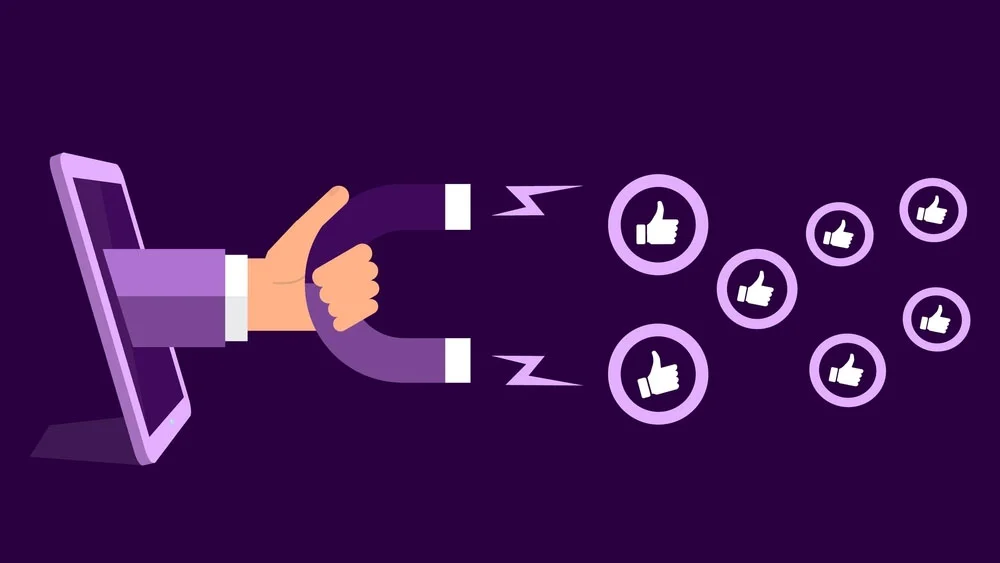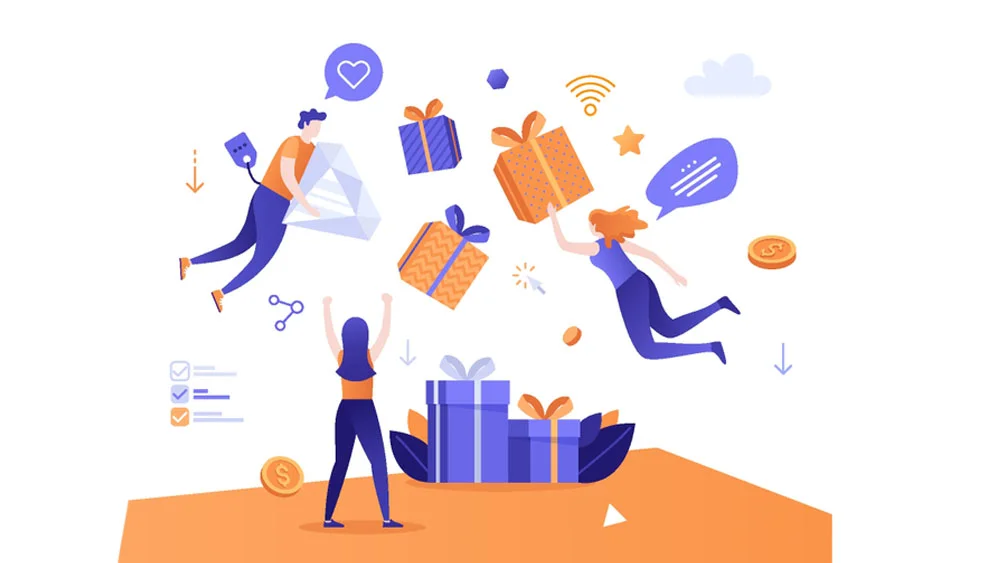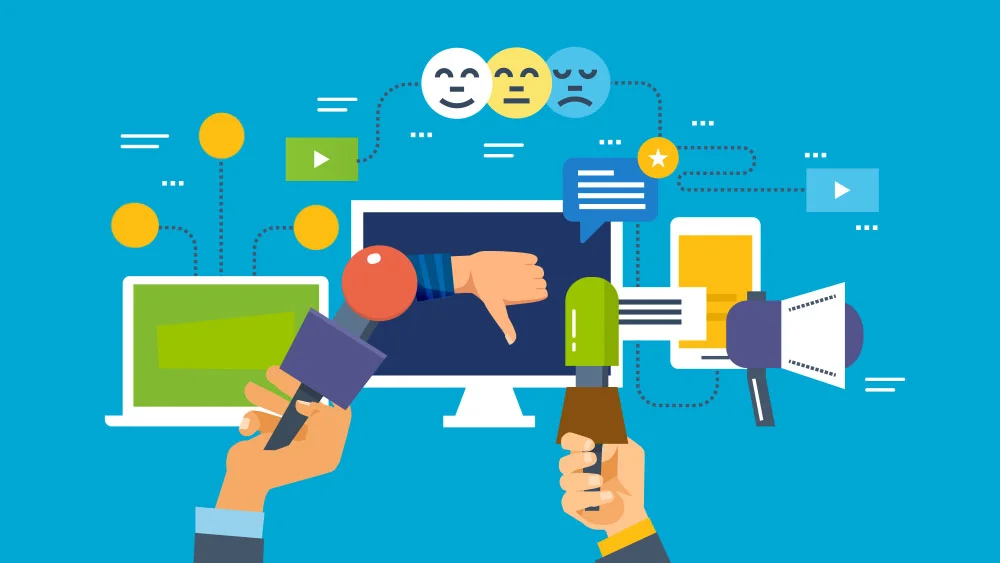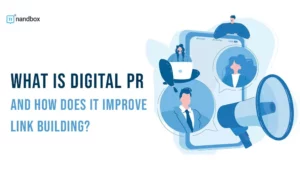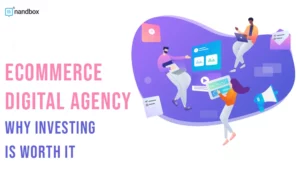Let us play it like The Matrix a bit, shall we? Now, you have two pills, and no, it has nothing to do with being outside the illusion. We are keeping it simple. Back to the two pills: imagine that the blue offers you a basic app experience, or, to be more specific, a professional one. You get what you need, and that’s it. The red pill, on the other hand, offers a more engaging and gamified experience. We can say that it’s less professional and more interactive and fun. It also accomplishes the same requirements and needs. As an app user, I would instantly take the red one; why is that? Well, first, it’s my favorite color, and secondly, who wouldn’t want an app that would make life easier with a fun and gamified experience? In this article, we will explore mobile app gamification and its impact on apps.
What Is Mobile App Gamification?
Let us start with my favorite interrogative word ever, “what”. What exactly is mobile app gamification? Mobile app gamification is the process of including gaming and interactive visuals and elements into your app. With mobile app gamification, the app development process takes its natural and standard path, where developers research, design, code, test, and so on. However, upon implementing gamified elements, developers would add a few extra steps for both coding and designing the apps. Each and every element of gamification must be implemented correctly and precisely to avoid user frustration.
Keep in mind that mobile gamification doesn’t include the whole app. It only includes some features that fit the criteria of gamification or being gamified. However, with the ever-growing and evolving mobile app industry, we never know what is next; maybe in the future, all app features could get gamified.
Advantages of Mobile App Gamification
Drive More Downloads and Installs
Mobile app gamification is a terrific way to increase downloads and installs for your app. The more users think that your app offers something unique, the more they will be attracted to it and more likely to install it. That is why many apps are now rushing to incorporate ramifications into their apps after it proved to be very effective for achieving exceptional numbers of download
Boost User Engagement and Retention
Gamification in mobile apps can increase user engagement and retention, which is a major benefit. Users are more inclined to stick with your app if it contains game-like elements. This has the potential to boost customer retention and, consequently, revenue. As an additional perk, users will feel like they’re making progress while they use your app thanks to the gamification features.
Provide Users With an Interactive and Fun App Experience
Mobile app gamification makes using the app more enjoyable and engaging, which in turn increases user loyalty and satisfaction. Gamification elements such as points, badges, and leaderboards are used to encourage app involvement and usage. It’s a win-win, as this improves your app’s retention rates and brings in more dedicated users. Gamification adds extra fun to repetitive tasks which provides users with a one-of-a-kind experience
Drive Revenue and Monetization Opportunities.
Mobile app gamification is a growing field that offers new opportunities for earning and increasing profit. By offering in-app purchases or rewards for achieving specific objectives, gamified elements can encourage users to spend money on an app. Users who appreciate the app and its gamified features are more likely to promote it to others, which is a direct result of mobile app gamification. This can ultimately lead to increased revenue and prosperity for your app.
How Can You Add Gamification to Your App Features
As we previously mentioned, so far, mobile app gamification has been limited to some app features. This means that you can’t incorporate visuals and interactive elements into all features. So, here are some ideas as to how you can add gamification to your mobile application.
Onboarding Process
The first area where you can easily implement gamification into your app is onboarding. Onboarding is the main entrance to your app that a user would interact with, which makes it ideal to incorporate gamification. The onboarding process includes registration and an initial introduction to the whole app and its key features. Developers can easily add visuals and gamified elements that guide users through onboarding as a way to make it more inviting and fun.
Rewards and Loyalty
Rewards and loyalty are two of the most important features in all apps. They contribute significantly to user retention and acquisition rates. Usually, apps with great and well-implemented rewards and loyalty features and programs do much better in terms of numbers than other apps. Applying gamification to rewards and loyalty is very important and effective, and it is a path that many developers and apps are now taking.
Examples of Apps Employing Gamification
Starbucks
The first on our list is Starbucks. The renowned international coffeehouse is mostly known for its exceptional application, which is favored by millions around the world. Alongside the great features that made it easy for users and customers to easily and effortlessly enjoy their drinks, the implementation of mobile app gamification was also a reason why it became such a hit. The app was able to drive many users to use it by including a great and fun rewards system. The gamification elements incorporated into the rewards system encourage customers to sign up. Additionally, the rewards system includes a gamified progress bar that fills up each time a customer places an order. The colors and interactivity of all the elements contributed greatly to the app’s success
Duolingo
Duolingo is one app that has implemented mobile app gamification from A to Z. The app took great and correct advantage of gamification in that it became incorporated into every part of the app. Duolingo is a very popular language-learning app that has millions of downloads. What makes Duolingo special is that they took a somewhat difficult process, such as language learning, and made it extremely fun. This is, of course, done by including gamification and great visuals along the way. Users feel as if they are not learning a new language, but they are playing a fun game, aging rewards, which has actually proven to be very effective.
Waze
Waze is a navigation app that makes navigation much more fun and engaging. This app is not your ordinary navigation app, it doesn’t only include maps, locations, and location services, it is a whole other level. Besides being used for navigation, Waze is also a community app that gathers millions of drivers together. The app lets users share traffic updates, gas prices, and any new information to benefit others. Additionally, it makes rides much more fun with an interactive and gamified map. Waze also has a gamified rewards system that gives users points each time they interact with other riders, or “Wazers,” and contribute to the Waze community. This app is a different yet interesting experience that lets people navigate while having the most fun.
Tips and Tricks to Improve your mobile app gamification
Gain a Better and Thorough Understanding of Your Users
Understanding your target audience is crucial for adding gamification elements to your mobile app. Their characteristics, behaviors, preferences, and drives are all part of this picture. Learn what makes your app’s users engaged by conducting thorough user research. Make use of this information to personalize your gamification methods to meet their unique needs and wants. Knowing your users allows you to provide them with a more tailored and interesting experience, which in turn boosts the chance that they will return.
Don’t Over-Visualize or Over-Add Elements to Your App
The gamification of your mobile app can be improved by using visual components and game elements, but avoid getting carried away. Users may become frustrated with the app if it contains too many redundant and irrelevant features. Maintain a minimal design and focus on what’s truly essential to generating user interest and keeping them engaged with your app. To effectively implement gamification, keep in mind that less is often more.
Incorporate Valuable and Meaningful Gamified Features
Adding shiny, attractive visuals and rewards isn’t all there is to gamification. The best-gamified elements are those that have genuine significance and value for the user. Provide tools like progress monitoring and goal setting to give customers a sense of accomplishment and encourage them to keep using the app. Also, you can include social features such as leaderboards and challenges to foster a sense of community and healthy competition among users. Don’t just add flashy features for the sake of it; make sure they improve the user experience and offer actual benefits.
Provide Clear Instructions and Tutorials
One of the most important aspects of gamification is making sure users are aware of the features and the benefits they may expect from them. Users might feel empowered and become more invested in the app when they have access to comprehensive instructions and tutorials. Think of adding in-app lessons or guided tours that explain the app’s functionality. In addition, make sure that tutorials and instructions are clearly displayed and can be accessed at any time within the app. Providing users with straightforward instructions and information can significantly increase their satisfaction.
Test and Gather Feedback
The gamification of your mobile app will need to be improved every once in a while. Therefore, testing and feedback are essential. If you want to know what people are experiencing while using your app and how you can fix it, user testing is the way to go. Polls and in-app feedback forms are two other methods for gathering user feedback. Make any necessary modifications to the gamification elements of your app based on the user feedback you receive. Keeping ahead of the competition and maintaining user engagement requires constant testing and feedback collection.

